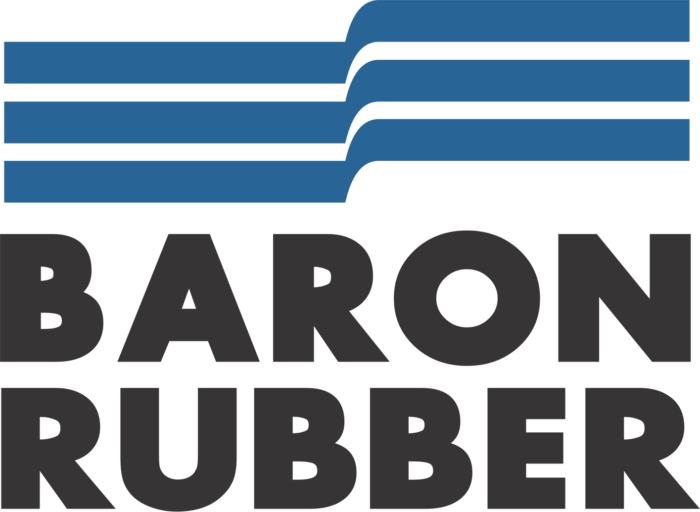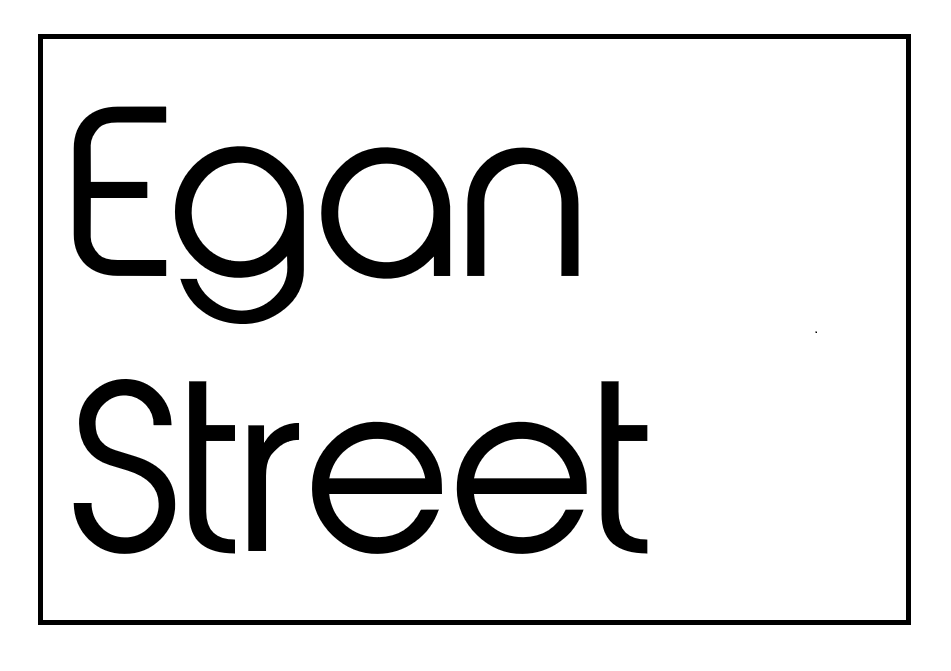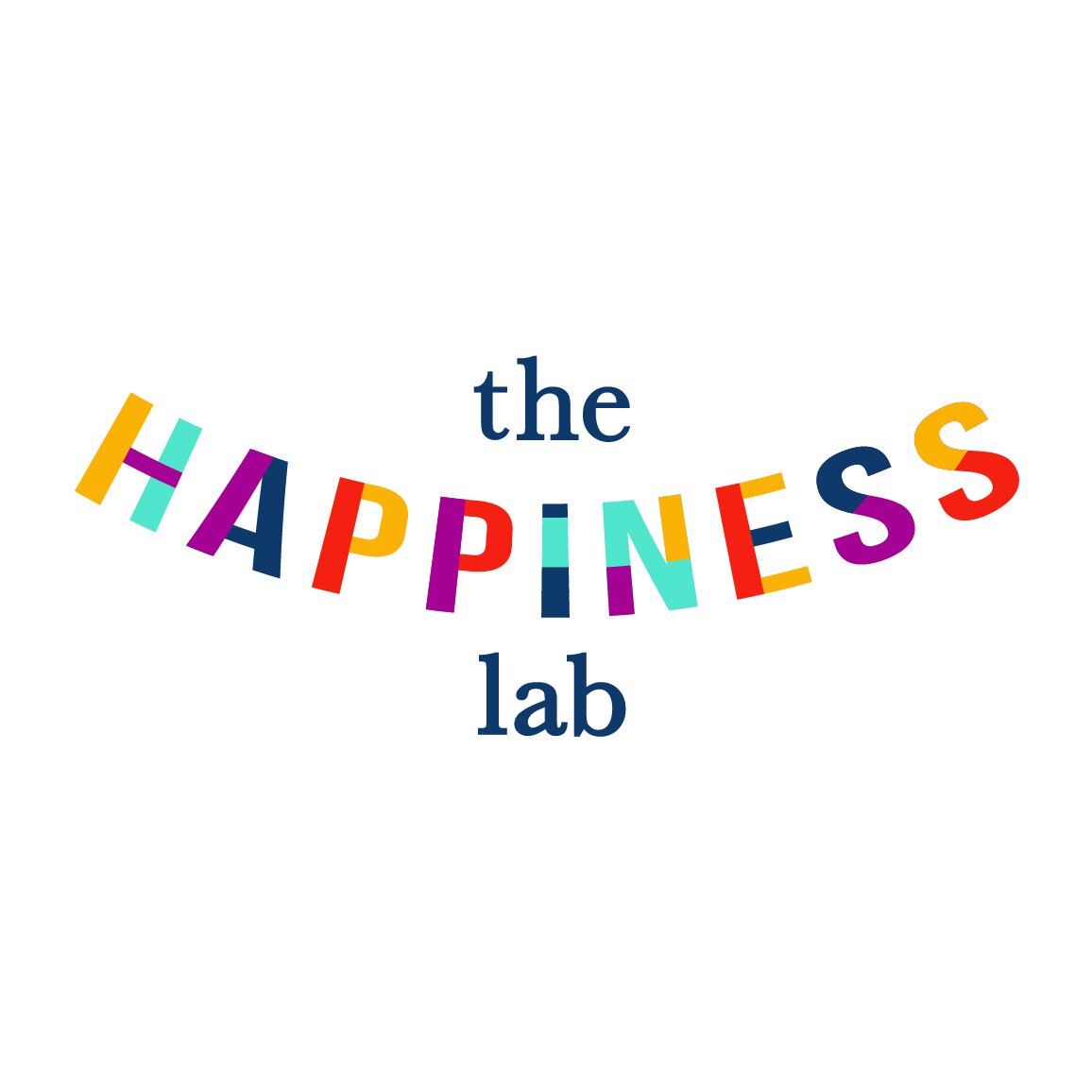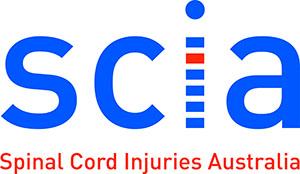Researchers from the University of Wollongong’s (UOW) Institute for Superconducting and Electronic Materials (ISEM), led by Professor Shi Xue Dou, in a joint-project with scientists at the University of Central Florida’s NanoScience Technology Center, have demonstrated the fabrication and integration of a simple device for wearable energy harvesting and storage.
The flexible device integrates a solar cell and a supercapacitor in a thin copper ribbon, enabling it to simultaneously harvest and store energy.
The solar cell is based on the crystal structure of a mineral called perovskite. Combinations of abundant materials formed in a three-dimensional crystal lattice to make a lightweight, solar-harvesting film.
Perovskites are cheaper than silicon and flexible, making them ideal candidates for solar panels that can be woven into fabric for powering wearable electronics.
When a small lengths of the flexible solar ribbon connected in series are illuminated with simulated solar light, it was able to power a two-volt LED light.
Using a tabletop loom, the US-based team wove the ribbons into a square of yarn to demonstrate the potential for use in wearable electronics.
Senior Lecturer Dr Konstantin Konstantinov said the majority of attempts to make wearable energy power sources used two separate devices: one to harvest the energy and another to store it.
“Presently, most portable electronic and wearable devices carry rechargeable batteries, even when they are used in places where solar energy is plentiful,” he said.
“This adds weight and bulk to the device and is not ideal when portability is the aim. We’ve reduced this need by integrating a solar cell and a supercapacitor in one device.
“The electrons generated by the solar cell are directly transferred and stored on the reverse side of its electrode, which in turn also functions as an electrode for the supercapacitor.”

The flexible ribbons that integrate solar cells and supercapacitors were weaved into a fabric matrix.
The solid-state ribbon serves as a portable, self-sufficient energy system with potential applications in wearables, drones and electric vehicles.
“For example, cars parked directly under the sun have an opportunity to utilise the abundant energy from sunlight. The flexible ribbon could be incorporated into the body of the car to make that possible,” Dr Konstantinov said.
“And if these ribbons are incorporated into jackets, they could be used to charge wearable electronics.”
PhD student Md Monirul Islam, who is sponsored by the Automotive Australia 2020 CRC project, said their solution demonstrated the possibility of cheap, scalable technology.
“The next step is to use this technique with lithium-ion batteries instead of a supercapacitor to store the energy,” he said.
“Since the energy density of lithium-ion batteries is higher than that of supercapacitors, fabricating thin-film lithium-ion batteries instead of supercapacitors on the reverse side of the solar cell ribbon would considerably improve its energy density and possible applications.”
The project was a collaboration with researchers at ISEM, who worked on the supercapacitor integration, and the University of Central Florida, where the flexible solar cell was developed.
The project demonstrates the creative environment at ISEM, which is encouraging the international and multidisciplinary collaborations.
UCF nanotechnology researcher Associate Professor Jayan Thomas told UCF Today the inspiration came from the movie Back to the Future Part II and its high-tech clothing and gadgets.
‘A major application could be with our military,” Professor Thomas said. “When you think about our soldiers in Iraq or Afghanistan, they’re walking in the sun.
“Some of them are carrying more than 30 pounds [13 kilograms] of batteries on their bodies. It is hard for the military to deliver batteries to these soldiers in this hostile environment.
“A garment like this can harvest and store energy at the same time if sunlight is available.”
The research was published recently in the journal Nature Communications.


































































































